The band of American artists known as the New York School toyed with tradition and rebelled against the Renaissance.Feeling as though free association yielded their best results, the painters, poets and performers of the New York School took a surrealist approach that was concerned less with aesthetic and more with expression. Those associated with the School were unified by their desire to create from within. They created a monumental, dramatic art that remains a singular expression of the crucial modern quest for individuality and personal freedom." Never knowing exactly how their pieces would turn out, the artists of the New York School embraced their own complex humanity and worked from a place of bold, sporadic realness.
Related Movies

Nursery University (2008)
Set in New York City, the epicenter of a phenomenon cropping up in communities across the United States, "Nursery University" reveals the oddly competitive process of nursery school admissions. The film tells the story of five families attempting to place their toddlers in preschool classrooms that have limited space and high price tags.

The American Dream: Europeans in the New World (2019)
The history of Europeans in North America, from the arrival of Columbus in 1492 to the business success of German immigrants such as Heinz, Strauss or Friedrich Trumpf, Donald Trump's grandfather. During the 19th century, thirty million people — Germans, Irish, Scots, Russians, Hungarians, Italians and many others — left the old continent, fleeing poverty, racism or political repression, hoping to make a fortune and realize the American dream.
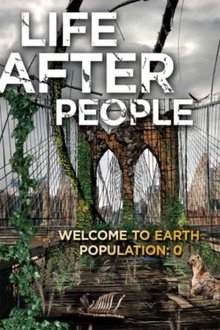
Life After People (2008)
In this special documentary that inspired a two-season television series, scientists and other experts speculate about what the Earth, animal life, and plant life might be like if, suddenly, humanity no longer existed, as well as the effect humanity's disappearance might have on the artificial aspects of civilization.
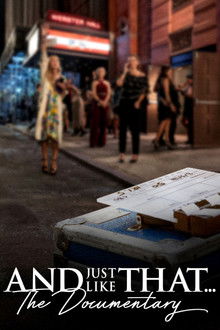
And Just Like That… The Documentary (2022)
In the late ‘90s, “Sex and the City” took television by storm with its honest and hilarious perspective on love, relationships… and sex, earning legions of devoted fans. Over 20 years later, this exclusive and immersive documentary offers a unique behind-the-scenes look at the filming of the new chapter, “And Just Like That…”.

Don't Bring A Dog (1997)
Don't Bring A Dog shows a part of the New York underground music scene - rooted in the early eighties - existing apart from MTV and billboard charts. Music, interviews, sounds and pictures of the city blend into a collage. Don't Bring A Dog works like a time capsule of people and music in NY at a particular moment
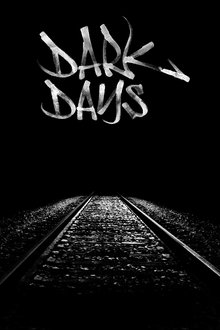
Dark Days (2000)
A cinematic portrait of the homeless population who live permanently in the underground tunnels of New York City.
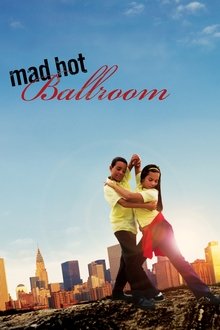
Mad Hot Ballroom (2005)
Eleven-year-old New York City public school kids journey into the world of ballroom dancing and reveal pieces of themselves and their world along the way. Told from their candid, sometimes humorous perspectives, these kids are transformed, from reluctant participants to determined competitors, from typical urban kids to "ladies and gentlemen," on their way to try to compete in the final citywide competition.
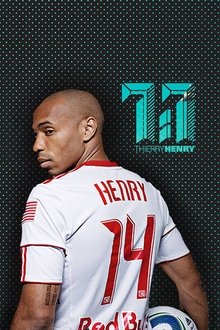
1:1 Thierry Henry (2011)
Global soccer hero Thierry Henry stars in this up-close sports documentary that covers his 2010 move from Barcelona to the New York Red Bulls.
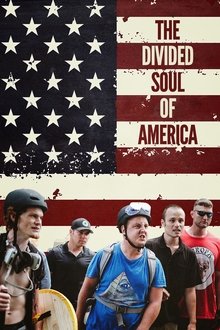
The Divided Soul of America (2019)
Under the Trump administration, USA is a deeply divided country. One side feeds populism and religious rectitude in a monochromatic landscape, painted white, lamenting for a past that never will return. The other side fuels diversity and multiculturalism, a biased vision of a progressive future, quite unlikely. Both sides are constantly confronted, without listening to each other. Only a few reasonable people gather to change this potentially dangerous situation.

Digging New York (2016)
In over an hour of filming, Danno recounts the roots of Hip-Hop culture through an almost symbolic journey, where it all began, between the Bronx, Manhattan and Brooklyn, confronting some of the most important names in the scene,

Tree Man (2016)
Francois the Tree Man is far from his wife and three small children in Quebec, selling Christmas trees and living in a van on the streets of New York City. He does it for them. But this is home, too. Like the hundreds of Christmas tree sellers who descend upon the city from Canada, New England and even Europe, Francois delivers the magic of the season over a grueling month in his adopted neighborhood. He's a star, a storyteller, a Santa Claus in a sap-stained coat, a confidant, a friend, and a father figure to the local characters who are his New York family. They also need him. TREE MAN is the story of Francois's journey, how he arrived here, what holds him, and the conflict that will cause him to leave. As one of Francois' long-time customers says: "This has nothing to do with the trees anymore."
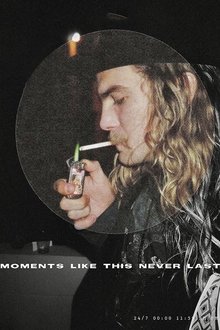
Moments Like This Never Last (2021)
Dash Snow rejected a life of privilege to make his own way as an artist on the streets of downtown New York City in the late 1990s. Developing from a notorious graffiti tagger into an international art star, he documented his drug- and alcohol-fueled nights with the surrogate family he formed with friends and fellow artists Ryan McGinley and Dan Colen before his death by heroin overdose in 2009. Drawing from Snow’s unforgettable body of work and involving archival footage, Cheryl Dunn’s exceptional portrait captures his all-too-brief life of reckless excess and creativity.
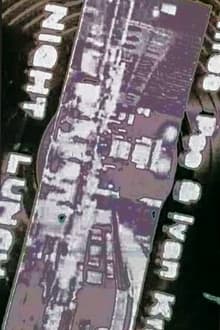
Night Lunch (1975)
This is Poe and Král's first effort, shot on small-gauge stock, before their more well-known endeavor The Blank Generation (1976) came to be. A "DIY" portrait of the New York music scene, the film is a patchwork of footage of numerous rock acts performing live, at venues like Madison Square Garden, Radio City Music Hall, the dive bars of Greenwich Village and, of course, CBGB.
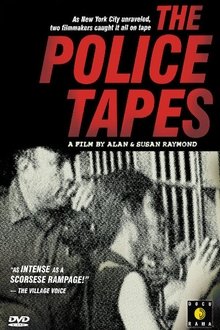
The Police Tapes (1977)
The Police Tapes is a 1977 documentary about a New York City police precinct in the South Bronx. The original ran ninety minutes and was produced for public television; a one-hour version later aired on ABC. Filmmakers Alan and Susan Raymond spent three months in 1976 riding along with patrol officers in the 44th Precinct of the South Bronx, which had the highest crime rate in New York City at that time. They produced about 40 hours of videotape that they edited into a 90-minute documentary.
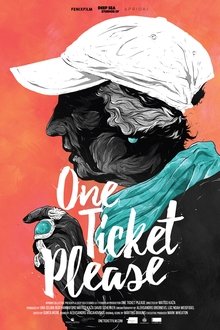
One Ticket Please (2017)
A documentary about a 78-year-old Indian woman in New York who is the world's most passionate theatergoer. Nicki Cochrane has been seeing a play every day for more than 25 years, acquiring free tickets using a variety of ingenious means.

Shine a Light (2008)
Martin Scorsese and the Rolling Stones unite in "Shine A Light," a look at The Rolling Stones." Scorsese filmed the Stones over a two-day period at the intimate Beacon Theater in New York City in fall 2006. Cinematographers capture the raw energy of the legendary band.

The New York Hardcore Chronicles Film 1.5 (2018)
Director Drew Stone’s New York Hardcore series returns with The New York Chronicles Film 1.5. Featuring never before seen footage and brand new interviews with Sammy Siegler (Youth Of Today / Judge), Jay Peta (Mindforce), Bob Riley Stigmata / Murderers Row) and more. The journey continues throught the community and culture of the iconic New York Hardcore scene that is still vibrant, relevant and going strong to this day. “NYHC Forever And Always!”

Koenigs Kugel - Der Bildhauer und der 11. September (2002)
Adlon recounts the making of the sculpture, "Kugelkaryatide" the sphere that stood in the center of Tobin Plaza between the two towers of the World Trade Center. The film follows the sculpture from its creation as the largest bronze sculpture of recent times to the aftermath, where it now stands, heavily scarred, in Battery Park.
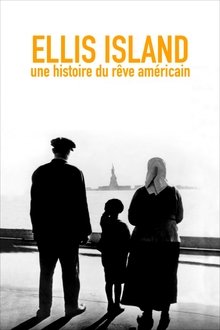
Ellis Island, une histoire du rêve Américain (2014)
In 1892, Ellis Island, in New York Bay, became the main gateway to the United States for immigrants arriving increasingly from Europe. The story of immigration to the United States from 1892 to 1954, an enthralling polyphonic narrative that embraces both small and great history.